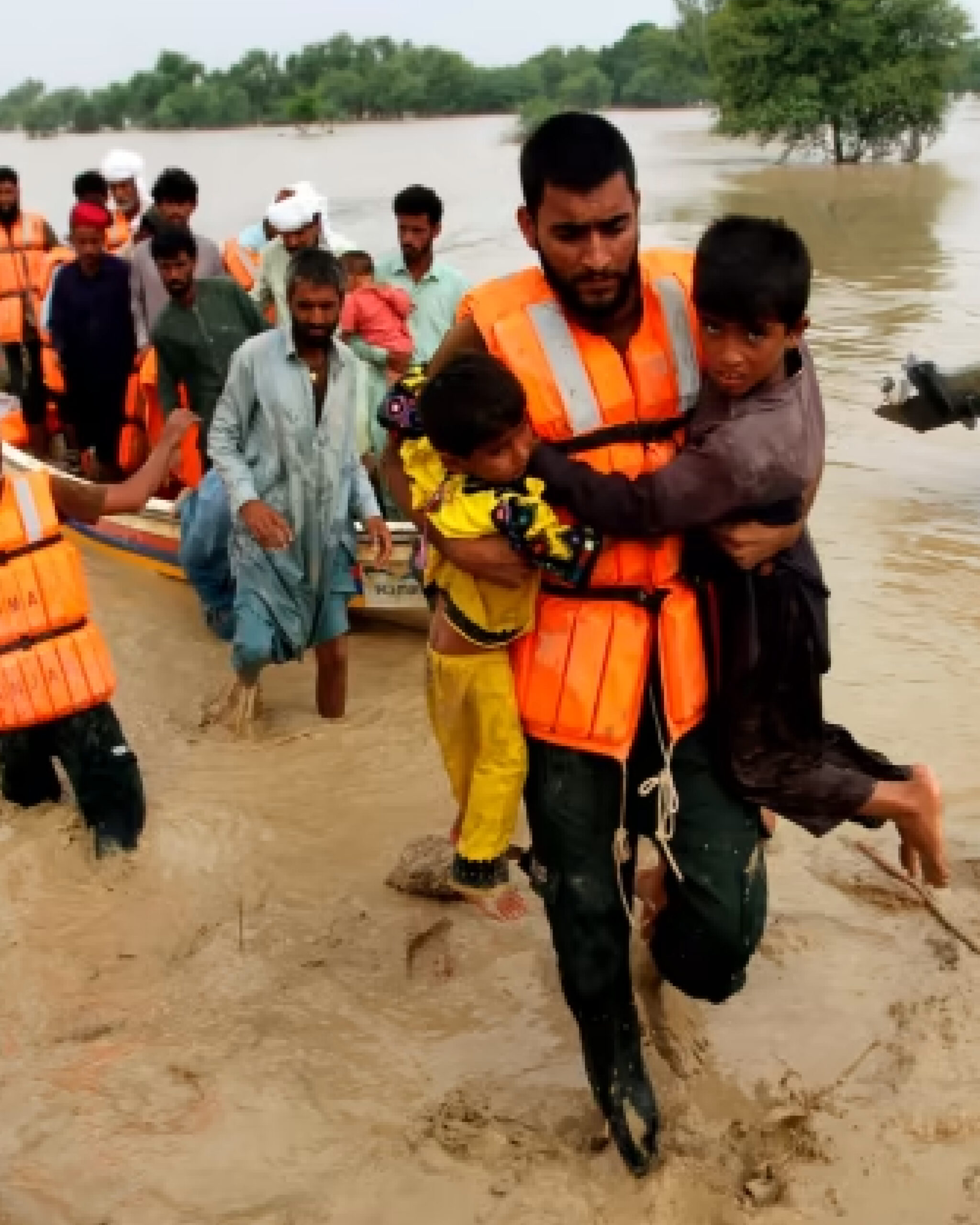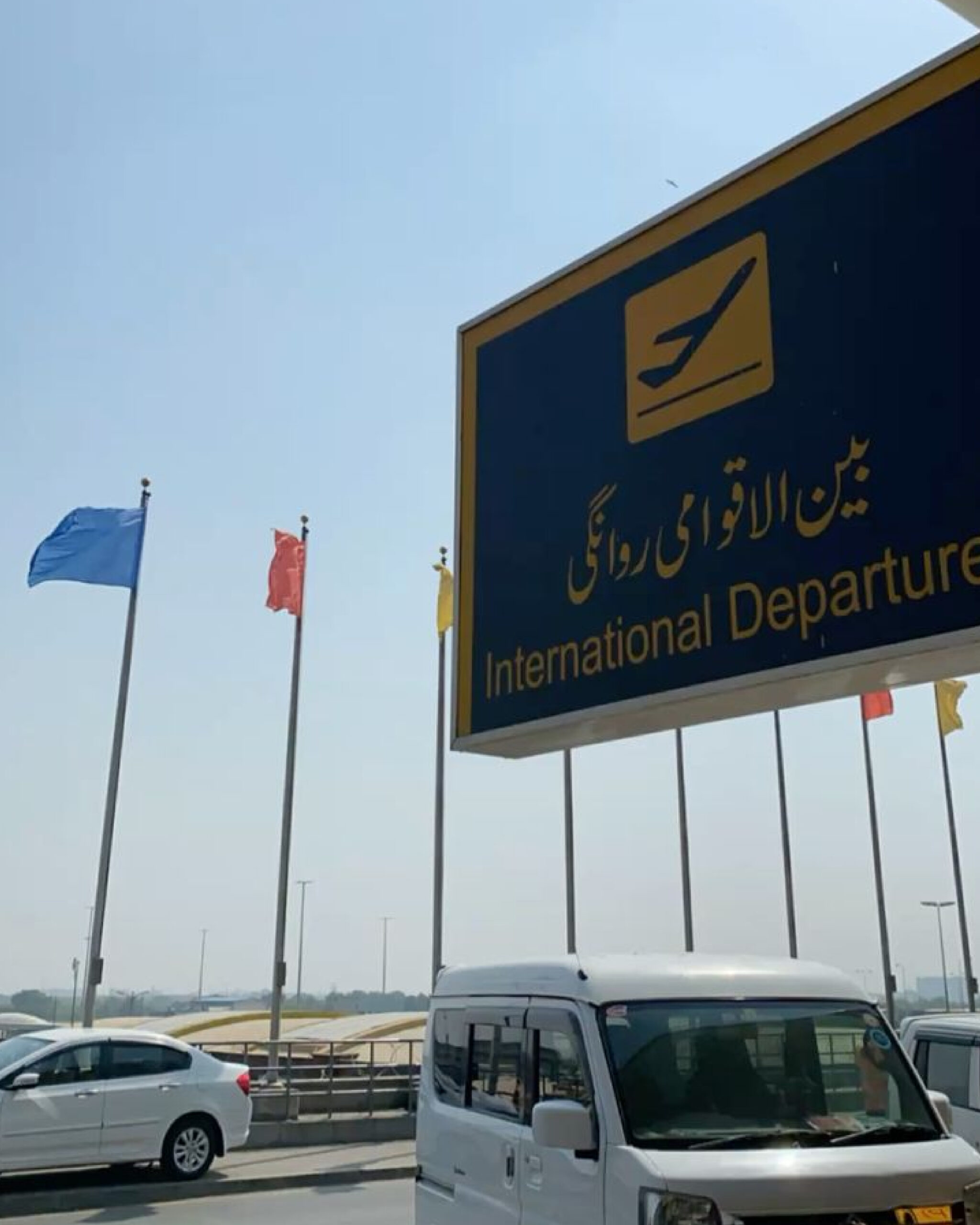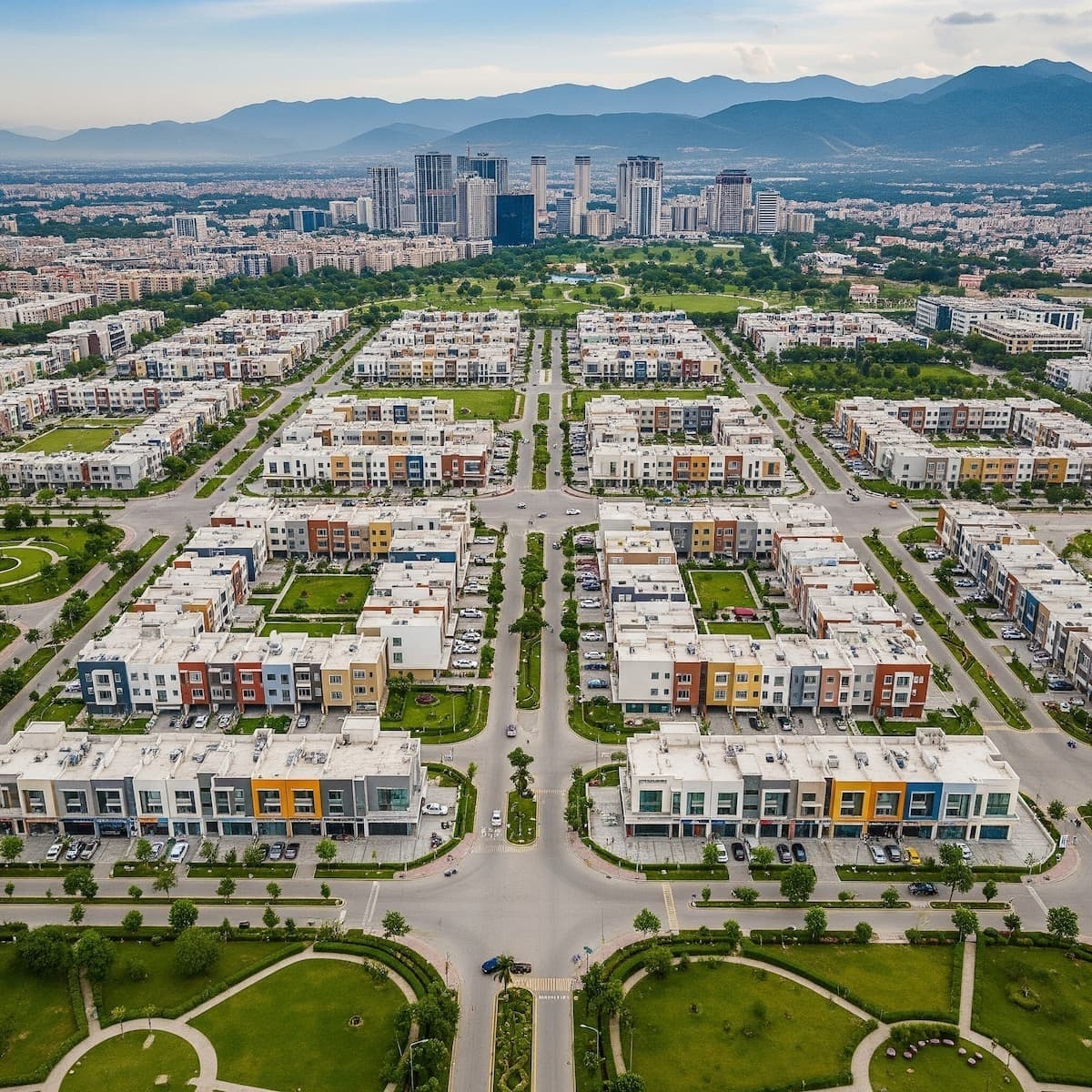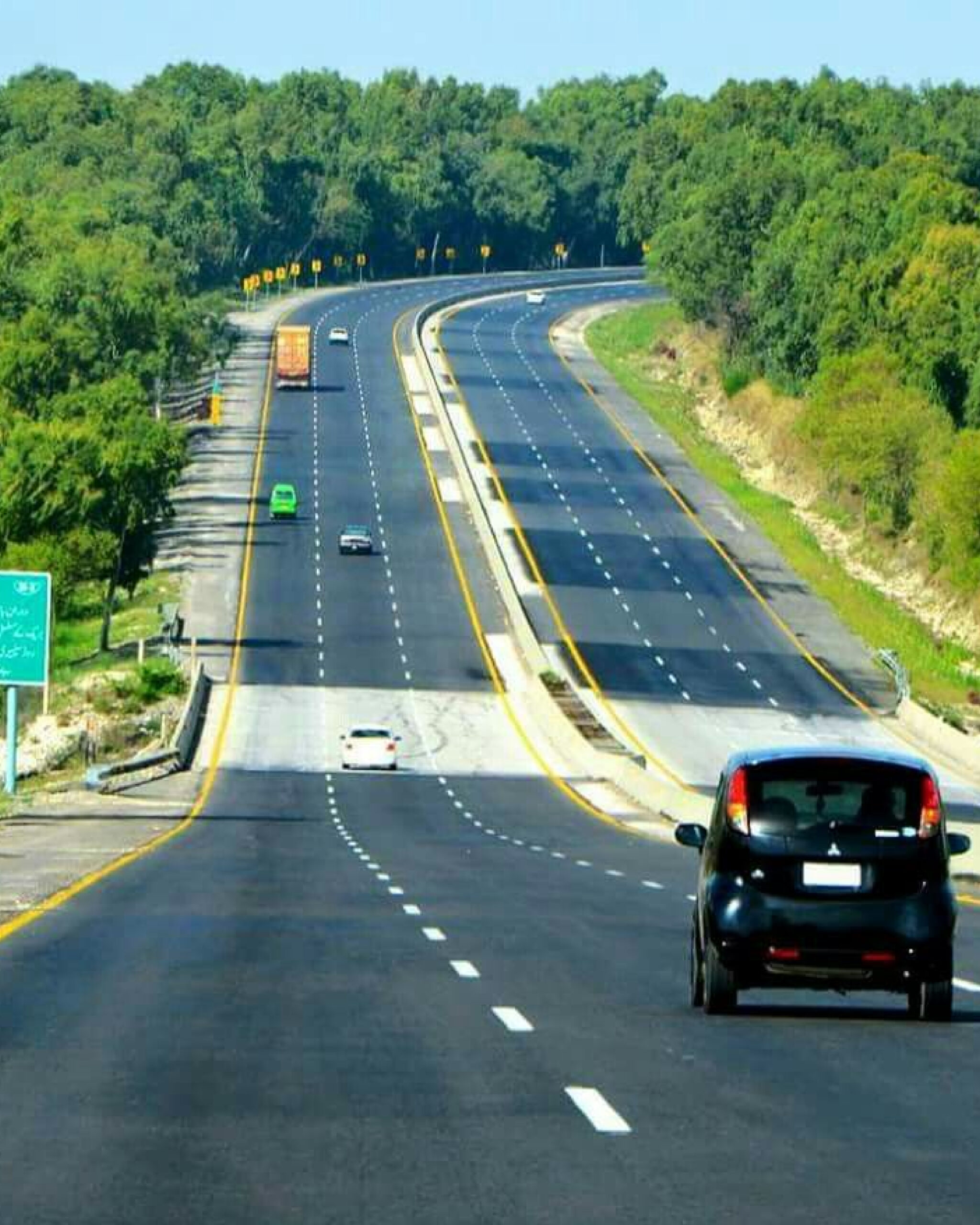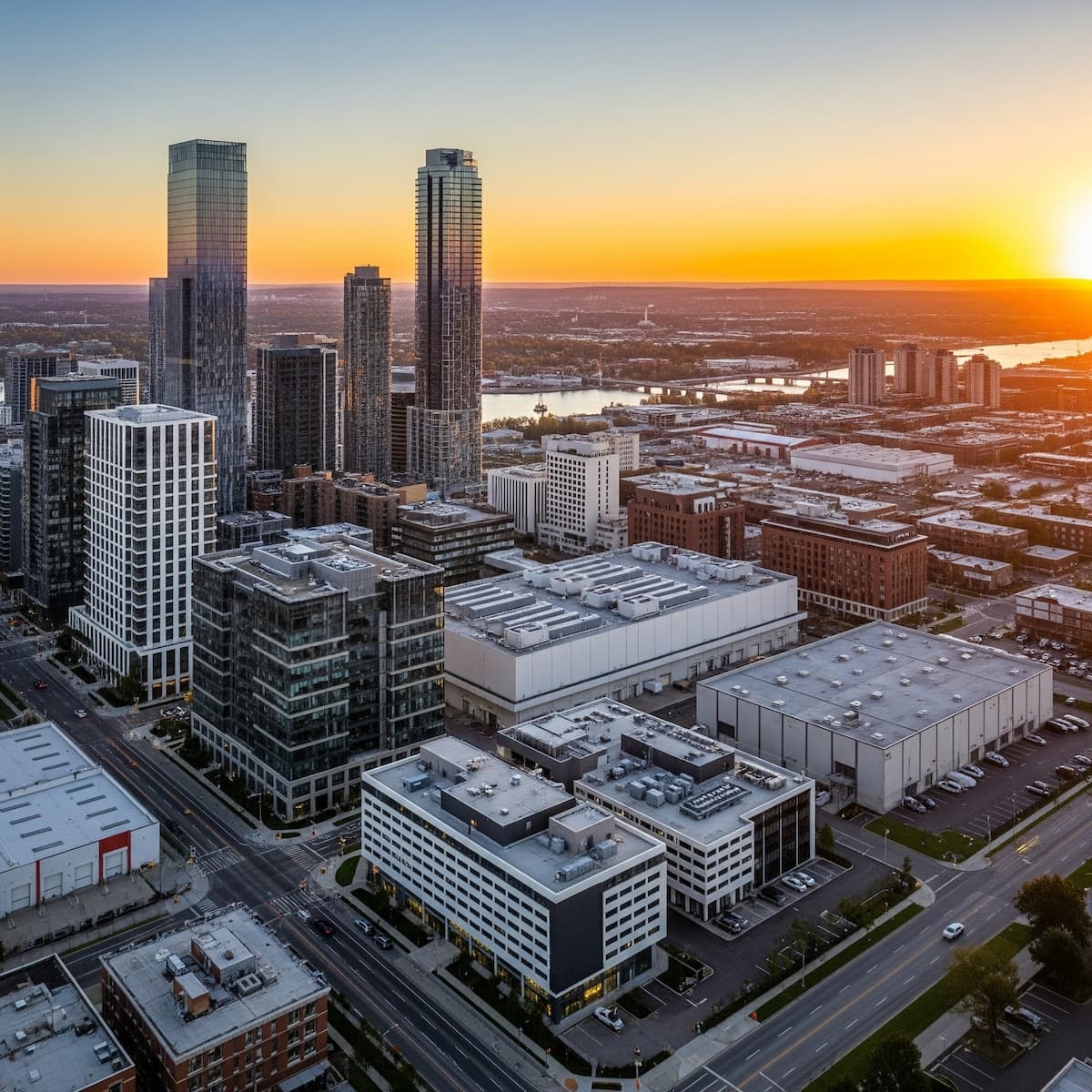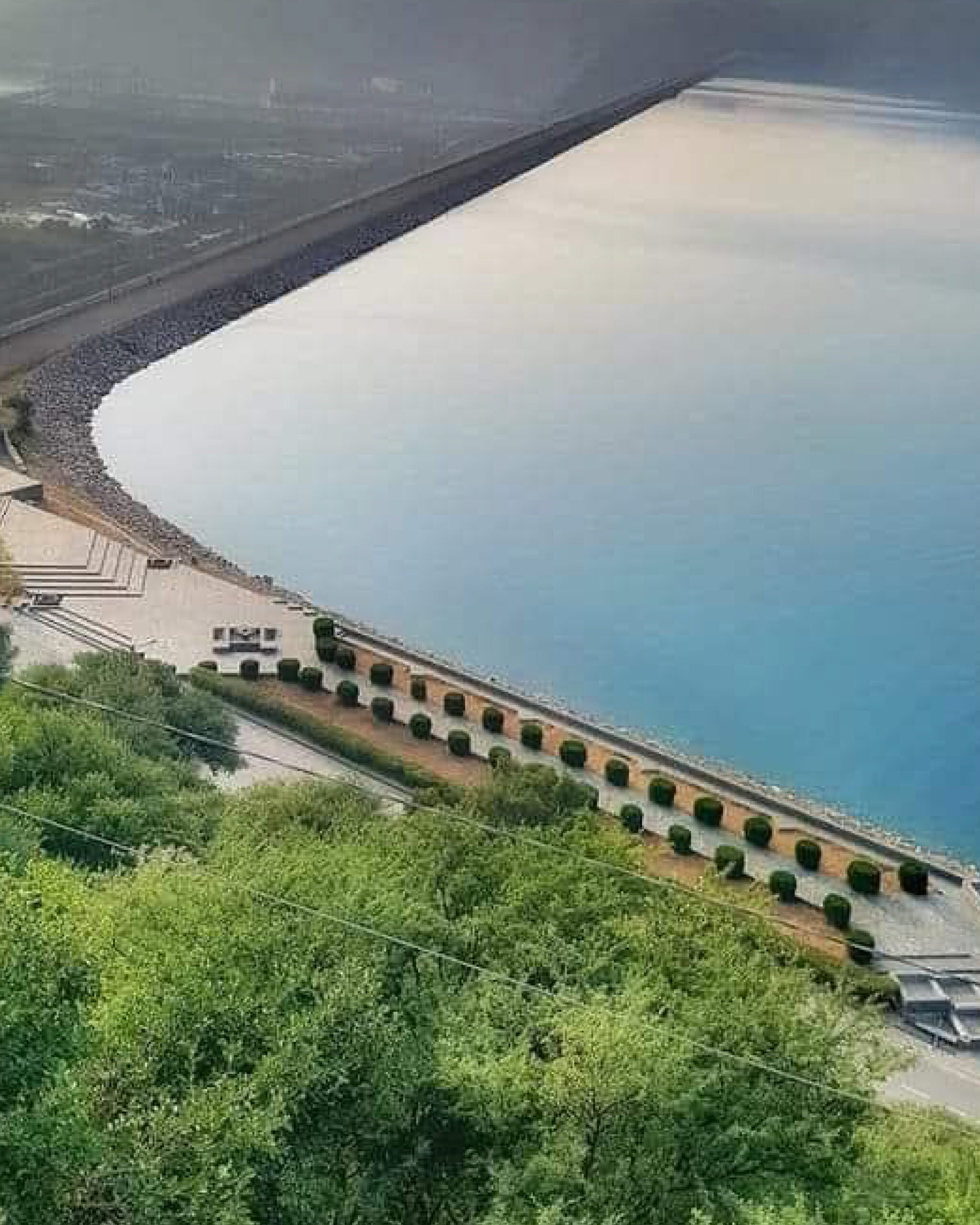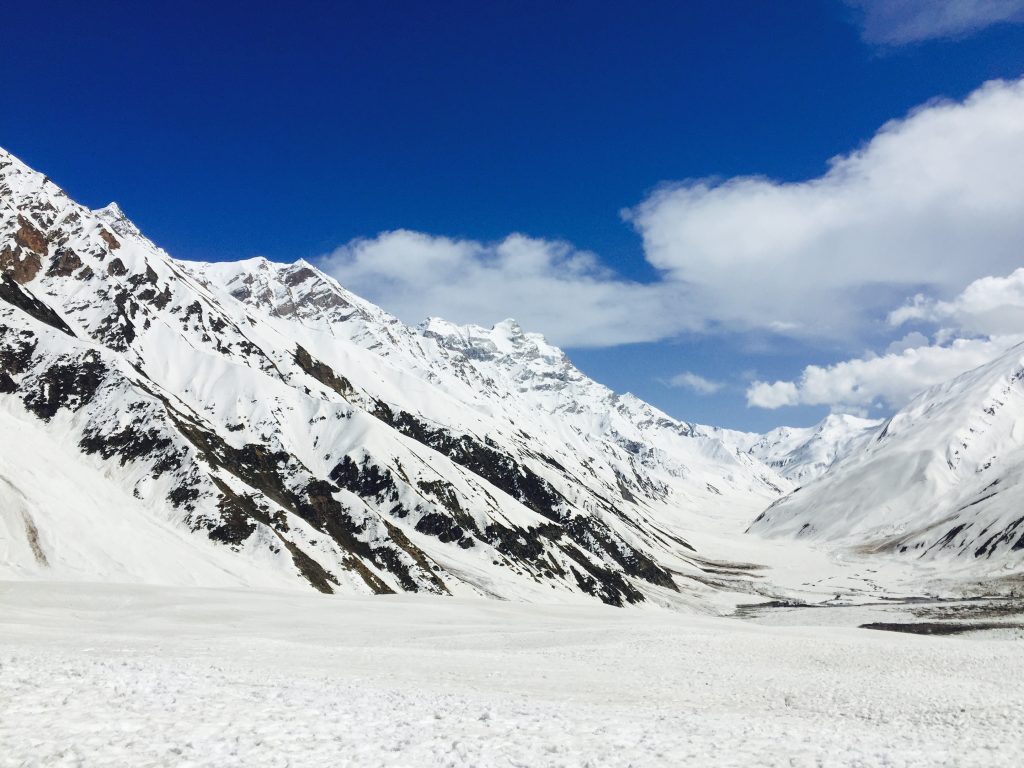
Heavy rains and storms expected July 18-25 Flood, landslide risk. Stay alert
Pakistan is facing a major weather alert as heavy monsoon rains and thunderstorms are set to batter large parts of the country from July 18 to July 25, 2025. Authorities are warning of possible flooding and landslides, urging residents in vulnerable regions to stay vigilant and follow safety guidelines. This article provides a detailed forecast, high-risk areas, official safety instructions, and precautionary measures for families and travelers.
Key Highlights
- Date: July 18–25, 2025
- Event: Intense monsoon rains and thunderstorms
- Risks: Urban & flash flooding, riverine flooding, landslides in hilly areas
- Regions Affected: Punjab, Sindh, Khyber Pakhtunkhwa, Balochistan, Gilgit-Baltistan, Kashmir
- Official Guidance: Stay indoors during storms, avoid unnecessary travel, monitor local updates
Weather Forecast: What to Expect
- Heavy rainfall forecasted in major cities: Lahore, Islamabad, Karachi, Peshawar, Quetta, Muzaffarabad
- Thunderstorms with possibility of damaging winds and lightning
- River levels may rise sharply; risk of overflow in major river basins
- Hilly and mountainous regions face high landslide risk due to saturated soil
- Urban flooding threat in low-lying city neighborhoods
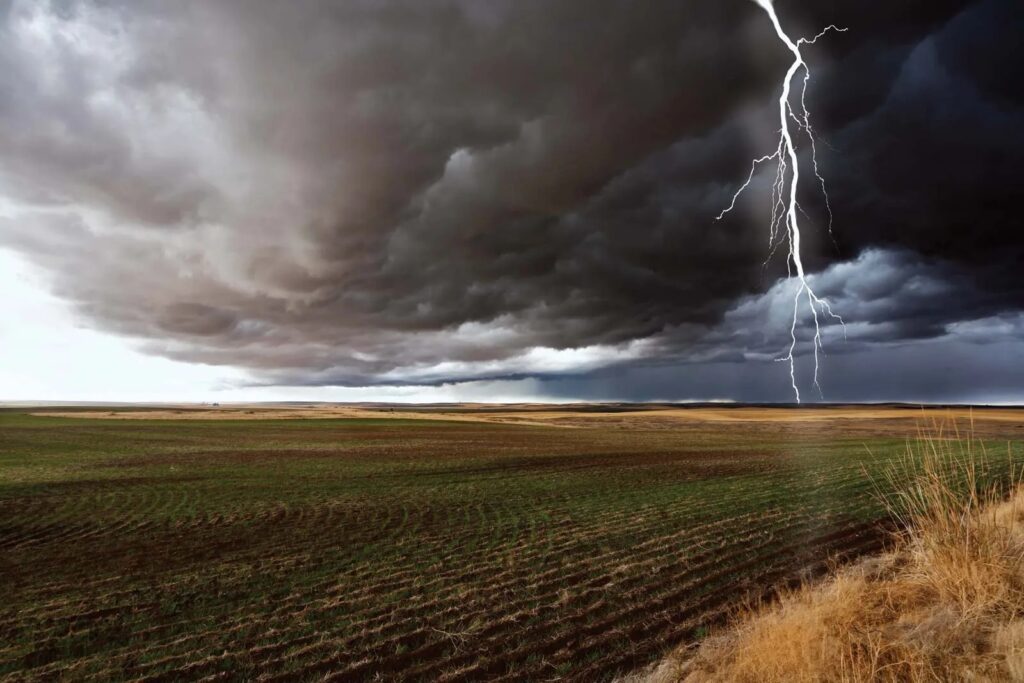
High-Risk Areas
| Region | Main Hazards |
|---|---|
| Northern Punjab | Urban flooding, rivers |
| Southern Sindh | Flooding, wind |
| Khyber Pakhtunkhwa | Flash floods, landslides |
| Balochistan | Hill torrents, road washouts |
| Gilgit-Baltistan/Kashmir | Landslides, road closures |
Official Instructions & Precautions
- Stay indoors during peak rainfall and avoid walking or driving through floodwaters.
- Prepare emergency kits (food, water, batteries, first aid).
- Secure loose outdoor items and unplug electrical appliances during thunder.
- Move to higher ground in case of flood threat.
- Follow alerts from the Pakistan Meteorological Department and NDMA (National Disaster Management Authority).
Impact on Daily Life
- Transport: Disruption in road and air services likely; avoid non-essential travel.
- Schools & Offices: Watch for closure announcements in affected districts.
- Power Outages: Prepare for temporary outages, especially in storm-hit zones.
- Agriculture: Crop and livestock damage expected where flooding is severe.
Table: Common Monsoon Hazards & Safety Tips
| Hazard | Possible Effects | Safety Tips |
|---|---|---|
| Flood | Water damage, injuries | Avoid floodwaters, relocate if advised |
| Landslide | Road blockage, damage | Steer clear of hilly slopes, heed warnings |
| Thunderstorm | Power cut, fires | Unplug devices, stay indoors |
| Strong Winds | Roof/topple hazards | Secure outdoor belongings |
FAQs
Q1: Which areas in Pakistan are most at risk during July 18-25 rains?
A: Punjab, Sindh, KP, Balochistan, Gilgit-Baltistan, and Kashmir are all affected, especially low-lying and hilly areas.
Q2: What should residents do to stay safe during monsoon storms?
A: Stay indoors, avoid flood-prone roads, prepare an emergency kit, and follow official advisories.
Q3: Will schools and public offices close due to the storm?
A: Closures are possible in highly affected regions; follow government updates for area-specific guidance.
Q4: What hazards do landslides pose?
A: Landslides may block roads, damage property, and cut off access to mountain communities.
Q5: Where can people get real-time weather updates?
A: Monitor updates from the Pakistan Meteorological Department (PMD) and NDMA on social media and official channels.
Conclusion
With severe rains and storms expected across Pakistan from July 18 to 25, residents and travelers must remain alert and prepared for emergencies. Proactive measures and adherence to government advice can save lives and minimize property damage during this high-risk monsoon period.



